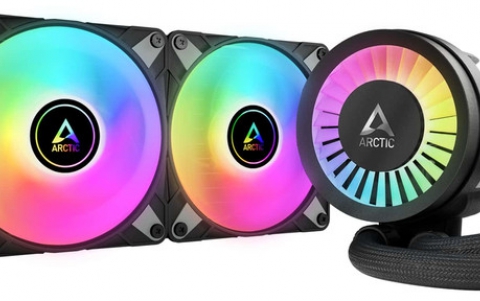
Cell phones could keep atomic time
Atomic clocks may be headed into cell phones, thanks to a breakthrough by federal researchers.
Scientists at the National Institute of Standards and Technology have demonstrated the heart of an atomic clock that's believed to be a hundredth the size of any other atomic clock, NIST said Monday. The development opens the door to more precise timekeeping in portable, battery-powered devices for secure wireless communications, more precise navigation and other applications, according to NIST.
The clock's inner workings are about the size of a grain of rice, consume less than 75 thousandths of a watt, and are so stable that just one second every 300 years is gained or lost. The "physics package" of the clock, which includes a laser and atomic vapor, could be made on semiconductor wafers using current techniques for producing micro-electro-mechanical systems (MEMS), NIST said. This offers the potential for low-cost, mass production of an atomic clock about the size of a computer chip; it would allow easy integration with other electronics.
"The real power of our technique is that we're able to run the clock on so little electrical power that it could be battery operated, and that it's small enough to be easily incorporated into a cell phone or some other kind of handheld device," physicist John Kitching, principal investigator for the project said a statement. "And nothing else like it even comes close, as far as being mass producible."
Using 75 thousandths of a watt of constant power, the clock core would drain a double-A battery in less than a day. That's still about a hundredth the power hunger of state-of-the art commercial atomic clocks. And Kitching forecasts that the power consumption will drop significantly from 75 milliwatts.
Eventually, the physics package will be integrated with an external oscillator and control circuitry into a finished clock about 1 cubic centimeter in size, NIST said. NIST scientists expect to improve the clock's long-term stability and reduce its power consumption to the point that the device could substantially improve the performance of many commercial and military systems that require precision time-keeping.
Atomic clocks long have provided the most accurate measurements of time and frequency but also have traditionally been large--up to two meters in height--as well as power-hungry and expensive to build, according to NIST.
Microscopic detail
The new clock is based on the same general idea as other atomic clocks, such as the NIST-F1 fountain clock, which measures time by the natural vibrations of cesium atoms, at 9.2 billion "ticks" per second. In the tiny clock, cesium vapor is confined in a sealed cell and probed with light from a small infrared laser, which generates two electromagnetic fields. The difference in frequency of these two fields is tuned until it equals the difference between two energy levels of the atoms. The atoms then enter a "dark state" in which they stop absorbing and emitting light. This point defines the natural resonance frequency of cesium, according to NIST. An external oscillator, such as quartz crystal, then can be stabilized against this standard, NIST said.
The chip-scale clock is less accurate than larger atomic clocks such as fountain clocks, NIST said. But compared to quartz crystal oscillators--the most precise time and frequency references of equivalent size and power--chip-scale atomic clocks potentially offer a thousand-fold improvement in long-term timing precision, NIST said.
In wireless communications devices, chip-scale atomic clocks could improve network synchronization and channel selection to enhance security and antijamming capabilities, according to NIST. In Global Positioning System (GPS) receivers, small clocks could improve the precision of satellite-based navigation systems such as those used in commercial and military vehicles and emergency response networks. In addition, as atomic clocks get smaller and cheaper and use less power, they could replace quartz crystal oscillators in many common products such as computers, offering "several orders of magnitude better time-keeping," NIST said.
Kitching said he did not know what new consumer functions might come from mini-atomic clocks. He said he was confident they will develop.
"Timing is such a ubiquitous need," he said. "Applications will emerge that we never dreamed of."
From News.com



















